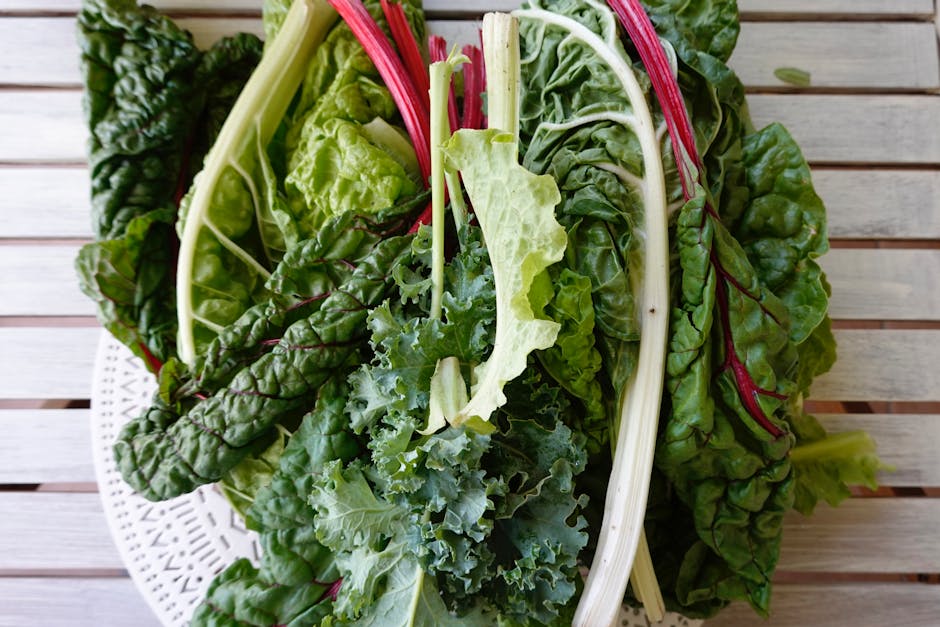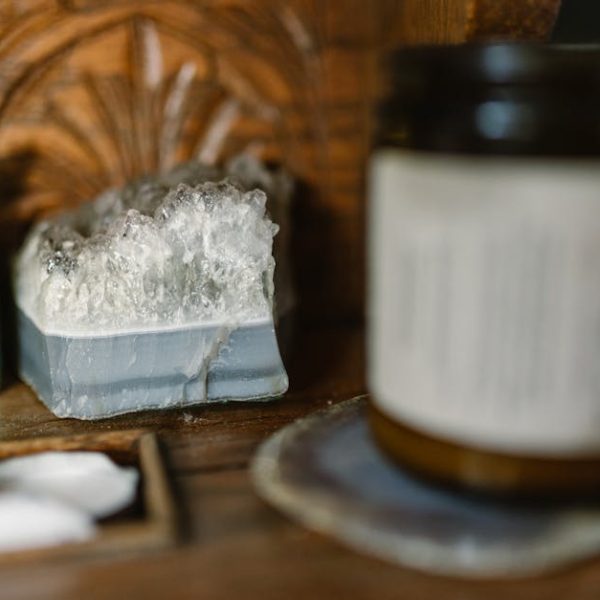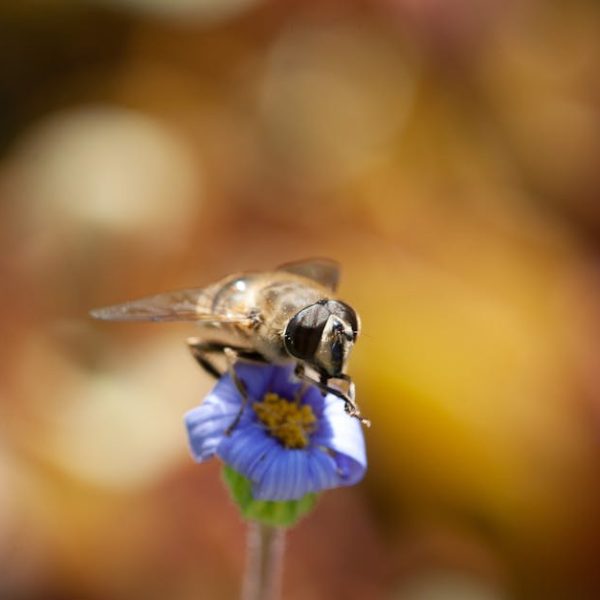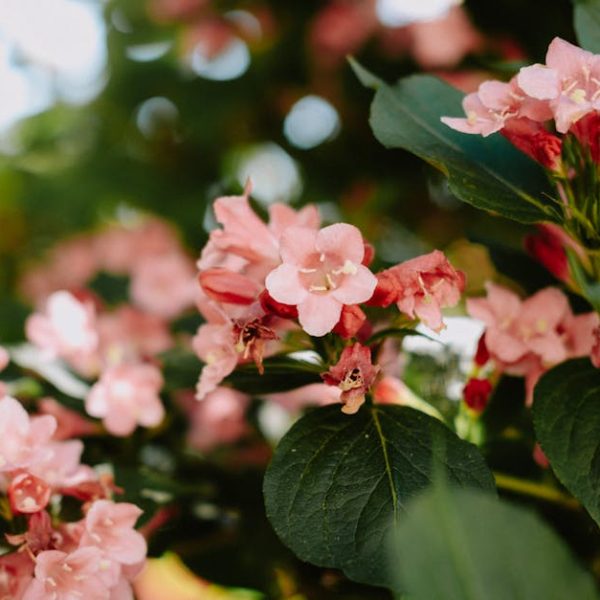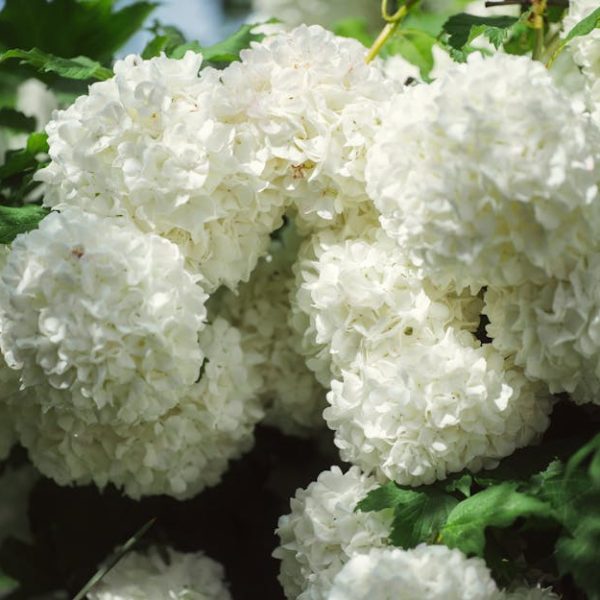Whether you’re an avid gardener looking to diversify your backyard crop or a novice hoping to test your green thumb, Swiss Chard proves to be a robust, versatile, and hearty vegetable to grow. Noted for its distinctive, colorful stems and large, dark green leaves, this leafy green is not only a visual treat in a garden but also a nutrient powerhouse packed with vital vitamins and minerals. Cultivating Swiss Chard requires a basic understanding of its lifecycle, favourable growing conditions and the right timing.
Understanding the Growing Cycle of Swiss Chard
Each plant has a unique growing pattern, set of needs, and lifecycle. Swiss Chard, belonging to the same family as beets and spinach, follows a similar growth pattern with a few distinctions.
Here’s a quick look at key stages in Swiss Chard growth:
- Seed germination: 5-7 days in optimal conditions
- Seedlings’ emergence: approximately 2 weeks post-germination
- Mature plant: 50-60 days from planting
When it comes to Swiss Chard varieties, you’re spoiled for choice. From the ruby red Rhubarb chard to the multicolored Bright Lights, each variety brings distinctive flavor nuances and grows well under slightly different conditions. Regardless of the variety you choose, remember that all Swiss Chards thrive best in cool weather but can withstand higher temperatures, making them exceptionally versatile.
Identifying the Optimal Time to Plant Swiss Chard
Swiss Chard grows best in mild climates, making early spring and fall the optimal time for planting. The seeds can germinate in soil temperatures as low as 50°F but will do so much faster at 75°-85°F. Once planted, Swiss Chard can withstand light frost, further extending its growing season.
Here’s a checklist of key factors to consider when planning your Swiss Chard planting:
- Temperature range: Swiss Chard thrives in a temperature range of 60°F – 75°F.
- Frost tolerance: Swiss Chard can tolerate a light frost, extending your growing season.
Geographical location dictates specific planting times. Gardeners in regions with cool summers can enjoy successive crops from spring through fall, while those in hotter climates should focus on spring and fall for the best results.
Selecting the Ideal Location and Preparing the Soil for Swiss Chard
Choice of location significantly influences the productivity of your Swiss Chard crop. Swiss Chard performs best in full sun but can also tolerate partial shade, particularly in hotter climates.
Here’s what makes an ideal site for Swiss Chard:
- Sunlight: At least 5-6 hours of sunlight a day
- Space: 12-18 inches between plants to allow for ample growth
- Soil: Well-drained, compost-rich soil with a pH of 6.0-7.0
Preparing your soil with the right nutrients can make all the difference in the success of your Swiss Chard crop. Enrich the soil with organic matter such as compost or well-rotted manure, which provides necessary nutrients and improves soil texture for optimal plant growth. A layer of mulch around the plants will help retain moisture and keep the weeds in check.
Planting Swiss Chard Seeds
Sowing Swiss Chard seeds is an exhilarating process that begins the journey of growth for this vibrant leafy green.
Here’s a step-by-step guide on planting Swiss Chard seeds:
- Step 1: After preparing the soil, make small holes about half an inch deep and 2-4 inches apart.
- Step 2: Place one or two seeds in each hole, covering lightly with soil.
- Step 3: Water thoroughly but gently, taking care not to disturb the seeds.
- Step 4: Continue to keep the soil evenly moist until seedlings emerge, usually within a week or two.
Despite its hardiness, Swiss Chard cultivation may encounter a few common issues, including pests, diseases, and bolting (premature flowering). Keep an eye out for signs of disease, such as wilting leaves or discolored spots, and pests like aphids and sulk bugs. Bolting can be triggered by high temperatures and long daylight hours, resulting in bitter-tasting leaves. Regular watering, good airflow around the plants, and part-shade reception can help prevent these issues.
Harvesting and Storing Swiss Chard
Finally, the rewards of your hard work and patience! Harvesting Swiss Chard appropriately ensures you enjoy its fresh flavor and nutritional benefits. Swiss Chard can be harvested as soon as the leaves are large enough to eat – usually when they’re about 8-10 inches long. Always remember to pick outer leaves first, allowing the inner ones to keep growing.
Here’s a simple guide on how to harvest Swiss Chard effectively:
- Step 1: With sharp scissors or a knife, cut the outermost leaves at the base near the stem.
- Step 2: Leave the inner leaves and the plant’s crown untouched to encourage new growth.
After harvesting, store Swiss Chard in a plastic bag in the refrigerator, where it can stay fresh for about a week.
Though Swiss Chard usually thrives during cool seasons, by employing strategies like using shade cloth or mulch during hotter months, placing plants in partial shade, and regular watering, you can extend the harvest period and enjoy a continuous supply of Swiss Chard.
Swiss Chard can be a rewarding addition to your garden, providing you with fresh, vibrant, and nutrient-packed leafy greens most of the year. Understanding its growth cycle, knowing when to plant, how to prepare the soil and sow the seeds, and finally harvesting and storing correctly will make your Swiss Chard growing experience a successful one. Happy gardening!
Key Takeaway:
- Swiss Chard, known for its colorful stems and nutrient-rich leaves, is a versatile plant that can be grown in a variety of climates and seasons.
- There are several stages in the lifecycle of Swiss Chard, from seed germination to harvest. Adequate understanding of its growth stages, needs, and proper timing can enhance the crop’s productivity.
- Finding the optimal time to plant Swiss Chard by paying attention to factors such as temperature and frost tolerance plays a vital role in its cultivation.
- Healthy growth of Swiss Chard also heavily depends on factors such as the choice of location, sufficient sunlight, space, and well-drained, nutrient-rich soil.
- Equipping oneself with best practices for planting the seeds, nurturing the seedlings, and handling common growth issues can ensure successful growth of Swiss Chard.
- A proper understanding of effective harvesting methods and post-harvest practices can extend the harvest season and keep the Swiss Chard fresh for consumption.
Planting Swiss Chard can be a gratifying gardening endeavor that extends beyond aesthetic appeal to contributing to a nutrient-rich food source. Like any other plant, it has specific growing needs and a lifecycle that, when adequately understood, can yield positive results. The process may seem daunting, but armed with the right knowledge and a little patience, you will enjoy watching your Swiss Chard thrive and flourish. Happy gardening!
FAQs
Q: Can Swiss Chard grow in shaded areas?
A: Yes, Swiss Chard can tolerate partial shade, particularly in hotter climates. However, for optimal growth, it is recommended to provide it with at least 5-6 hours of sunlight every day.
Q: How often should I water the Swiss Chard plant?
A: The soil in which you plant your Swiss Chard should be kept evenly moist. The frequency of watering can vary depending on the climate, soil type, and the stage of plant growth. However, overwatering should be avoided.
Q: What are some natural ways to keep pests away from my Swiss Chard plants?
A: Incorporating a diverse mix of plants in your garden, encouraging beneficial insects and birds, and maintaining healthy soil are some natural ways to keep pests away from your Swiss Chard plants.
Q: Which pests and diseases commonly affect Swiss Chard plants?
A: Swiss Chard plants can be affected by pests like aphids and sulk bugs. They may also face issues from diseases that manifest as wilting leaves or discolored spots.
Q: What is bolting, and how can it be prevented in Swiss Chard plants?
A: Bolting is a premature flowering condition in plants triggered by high temperatures and long daylight hours. It makes leaves taste bitter. Regular watering, maintaining good airflow around the plants, and giving them partial shade can help prevent bolting in Swiss Chard plants.
Enjoyed this article? Don’t forget to share it with fellow gardening enthusiasts. Check out our website for more informative posts about gardening tips and tricks.
